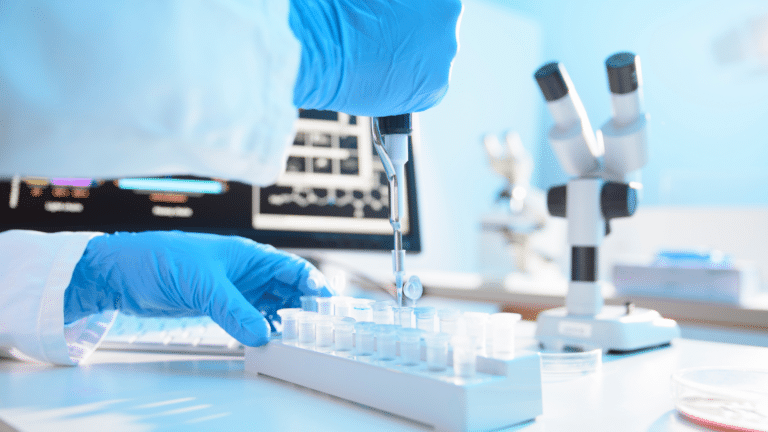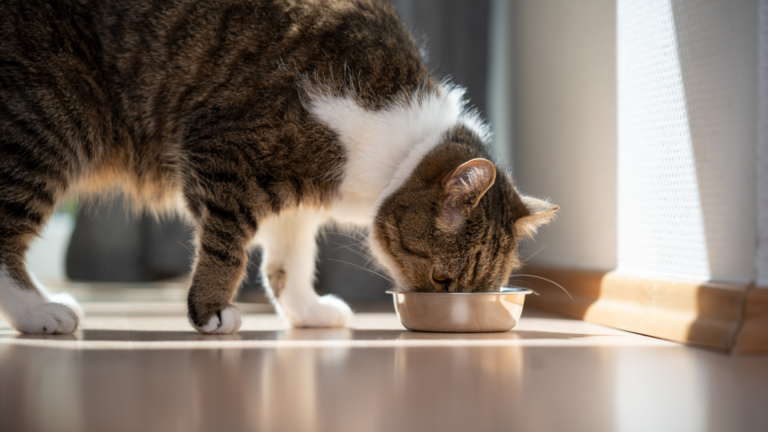We read ISO 11137-2 so you don’t have to
The ISO standard for radiation sterilization of health care products, ISO 11137, comes in 4 parts:
- Requirements for development, validation, and routine control of a sterilization process for medical devices
- Establishing the sterilization dose
- Guidance on dosimetric aspects
- Guidance on process control
In this writeup we offer an overview of Part 2.
Executive Summary For Sterilization Non-Experts
The options in the below table and their corresponding writeups in the ISO standard are long on statistical, microbiological, and quality details, but thin on how to choose between them. A qualitative summary for non-experts is below:
| VDmax Most common |
Method 1 | Method 2 | |
|---|---|---|---|
| Sterilization Dose | 15 - 35 kGy | Tailored to product | Tailored to product |
| Minimum sample product units required for initial validation | 40 | 130 | 580 |
| Sample size for routine dose audit | 20 | 110 | 110 |
| Advantages / Disadvantages | Lowest cost and smallest sample size to qualify; does not find optimal dose… just one that works. | Can give the lowest required dose but requires larger sample size | Can be used to establish a sterilization dose for products with highly resistant bioburden that fail Method 1 or VDmax. |
| Commonly used for | High and medium value medical device products | Low-cost, very high-volume products | Products with extremely high bioburden numbers or highly resistant organisms |
VDmax method is most commonly used due to its relative simplicity and smallest sample size.
On to the details…
Multiple Paths Are Available – But Commonly Only One Is Taken
ISO 11137 establishes the sterilization dose for a particular product by designing and conducting an experiment to prove that the selected radiation sterilization process works (note that Part 2 does not distinguish between E-Beam, X-ray, or Gamma irradiation – again, dose is dose.)
Method 1
Method 1 is an experiment that is designed to determine the precise dose required to hit a given sterility assurance level (SAL). Commonly, for medical device, a 1-in-1,000,000 probability of having a single viable microbe on the product, or a SAL of 10-6, is used, although other SALs (e.g. 10-5, 10-3, etc) are possible in some countries (e.g. USA).
Method 1 considers the typical resistance of common microbes defined as the“standard distribution of resistance”, or SDR, as a starting point. Based on the combination of how many microbes are present and the expected level of resistance, it is possible to predict the decreasing probability of survival of the microorganisms with incremental dose.
With this expected resistance as a starting point, Method 1 prescribes counting the microbes present on the candidate product then irradiating 100 units at a partial, or “verification” dose intended to give a probability of 1/100 or fewer non sterile units.. If the result of the test of sterility is equivalent or fewer non sterile units than the SDR probability table suggests for the specified bioburden, then the results are accepted as the bioburden is confirmed to be equal to or less resistant than the SDR. The dose used for sterilization is determined by extrapolation of the verification dose to yield the desired SAL (e.g. 1 in 1,000,000.)
In essence, Method 1 compares product bioburden to the SDR and if the bioburden resistance is equivalent or less than the SDR, then the method is suitable for assigning the sterilization dose.
A sample size of 30 units is used to count product bioburden, then 100 units are subjected to the verification dose and test of sterility.
Method 2
Method 2 is based on irradiating product at progressively higher doses and performing a test of sterility to determine the resistance of the product bioburden. This method is used for products with bioburden that does not fit within the SDR due to higher numbers or different types than are possible for Method 1.
VDmax15, 25, …
VDmax is similar to Method 1 with a change in sample size. Just like Method 1, bioburden is counted on the candidate product then a sample products are irradiated at a low “verification dose” and subjected to a test of sterility. The difference is that the verification dose for VDmax method tests 10 units targeting a 1/10 probability of a non sterile unit compared to the 100 units and 1/100 probability of a non sterile unit for Method 1. The VDmax sterilization dose tables range from 15 – 35 kGy in 2.5 kGy increments.
Connect With An Expert
Every day, we help businesses in a wide variety of industries select the proper dose for their product. Connect with our experts for a consultation tailored to your specific needs and concerns.
Additional Articles We Think You Might Like
Have a question? Speak with a sterilization expert today, at your own convenience.





